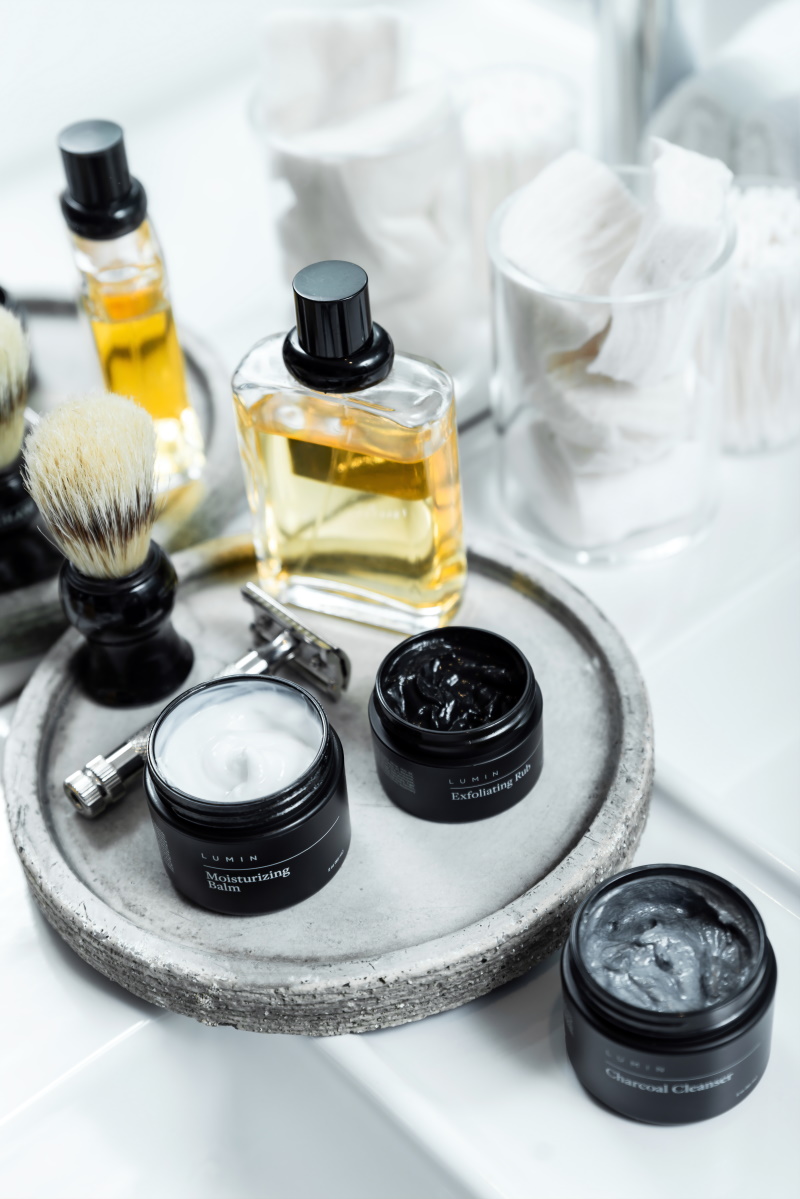
Ever heard the buzz about shaving making your hair thicker? It’s a classic idea that’s been hanging around forever, especially in places like barbershops where the talk is all about hair. But is there any truth to it? That’s what we’re diving into—breaking down the science behind shaving and what it really does to your hair.
Shaving isn’t some magical hair-thickening spell – it’s a mechanical process. The razor, whether it’s a blade or an electric trimmer, works to cut hair at the skin’s surface. It’s like giving your hair a little trim, but it doesn’t mess with what’s going on beneath the surface.
Here’s the deal: shaving trims the hair shaft at the skin level, but it doesn’t mess with the core thickness. Think of it like mowing the lawn. You’re getting rid of what’s above ground, but the roots stay the same. Shaving doesn’t change the fundamental thickness of your hair – it just gives you a fresh, clean look.
Now, let’s talk about perception. After a good shave, your hair might look and feel different, but it’s not about the thickness changing. It’s more about the sharp edge the razor creates. When hair grows back, the blunt edge from shaving gives a different feel on the surface. It might seem thicker, but it’s just a visual thing – the actual structure of your hair remains unchanged.
In a nutshell, shaving is like giving your hair a haircut at ground level. It doesn’t mess with the roots, and it doesn’t magically beef up your strands. Understanding this helps clear up what shaving does to your hair, keeping you in the know as you strive for that fresh, groomed look.

In the big mix of different hair types, your genes are like the chief architect, deciding if your hair will be thick, thin, curly, or straight. It’s like a unique recipe, where some ingredients (genes) are stronger than others, determining your special hair blend.
In the big picture of hair types worldwide, we see a lot of differences. Some people’s hair grows fast, others slow. As time goes on, hair often changes from straight to wavy or curly. Things like hormones and the places we live can nudge these changes. The key is realizing that choosing to shave or not is a personal decision. It doesn’t change the special way your hair naturally is — kind of like a unique gift from your family and time.
Cultural perspectives on grooming can vary significantly. In some cultures, a clean-shaven appearance is associated with professionalism, cleanliness, or a rite of passage into adulthood. The symbolism attached to a smooth shave can inadvertently foster the belief that shaving influences the thickness of one’s hair. Such cultural notions, passed down through generations, contribute to the enduring myth that regular shaving results in thicker, more robust hair growth.
Marketing strategies often tap into societal ideals of beauty and self-care, portraying certain grooming products as transformative. Advertisements may subtly imply that using specific razors or shaving creams can lead to thicker and more luxurious hair growth.
The influence of grooming product advertisements on the shaving myth is particularly noteworthy. The visual narratives created by these advertisements can shape perceptions, fostering a subconscious connection between shaving and enhanced hair thickness. Analyzing these marketing techniques allows us to uncover the inadvertent role played by the grooming industry in sustaining myths about the effects of shaving on hair texture.